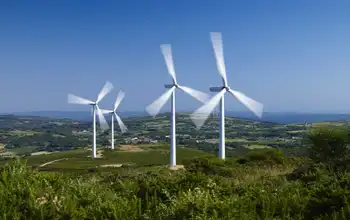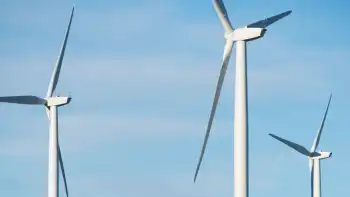Vestas to hire 1,000 in Colorado
COLORADO - Vestas Wind Systems said it will hire more than 1,000 people at three Colorado plants that manufacture wind turbine components after receiving a surge of orders for the electricity generators in the U.S. and Canada.
Vestas said 850 of the jobs will be at two plants that make blades. One is already operating in Windsor and another is nearing completion in Brighton.
An additional 167 new jobs will be created at a Pueblo plant that makes towers for the turbines.
Vestas plans to hire the new workers over the next 18 months, bringing the company's Colorado work force to about 2,200, said Denna Randall, director of finance and information technology for Vestas Blades America.
Vestas has a second plant in Brighton that makes nacelles, housings that contain the turbine's generator, transformer and gearbox.
The jobs are in addition to as many as 240 positions announced last week for a Vestas research and development office planned in Louisville, Colo.
One of Vestas' recent orders is for a 250-megawatt wind farm at Cedar Point, about 75 miles east of Denver, which would be the second-largest in Colorado. It's scheduled to be substantially complete in late 2011.
Broomfield-based RES Americas will build the wind farm, and a U.S. affiliate of the Canadian firm Enbridge Inc. will own it. The electricity will be sold to Minneapolis-based Xcel Energy Inc. under a 20-year contract.
Xcel is the largest electric utility in Colorado.
RES Americas also will build a 42-mile transmission line to connect the wind farm to Xcel's grid.
Related News

Electricity use actually increased during 2018 Earth Hour, BC Hydro
VANCOUVER - For the first time since it began tracking electricity use in the province during Earth Hour, BC Hydro said customers used more power during the 60-minute period when lights are expected to dim.
The World Wildlife Fund launched Earth Hour in Sydney, Australia in 2007. Residents and businesses there turned off lights and non-essential power as a symbol to mark the importance of combating climate change.
The event was adopted in B.C. the next year and, as part of that, BC Hydro began tracking the megawatt hours saved.
#google#
In 2008, residents and businesses achieved a two per cent savings in electricity use. But since…




